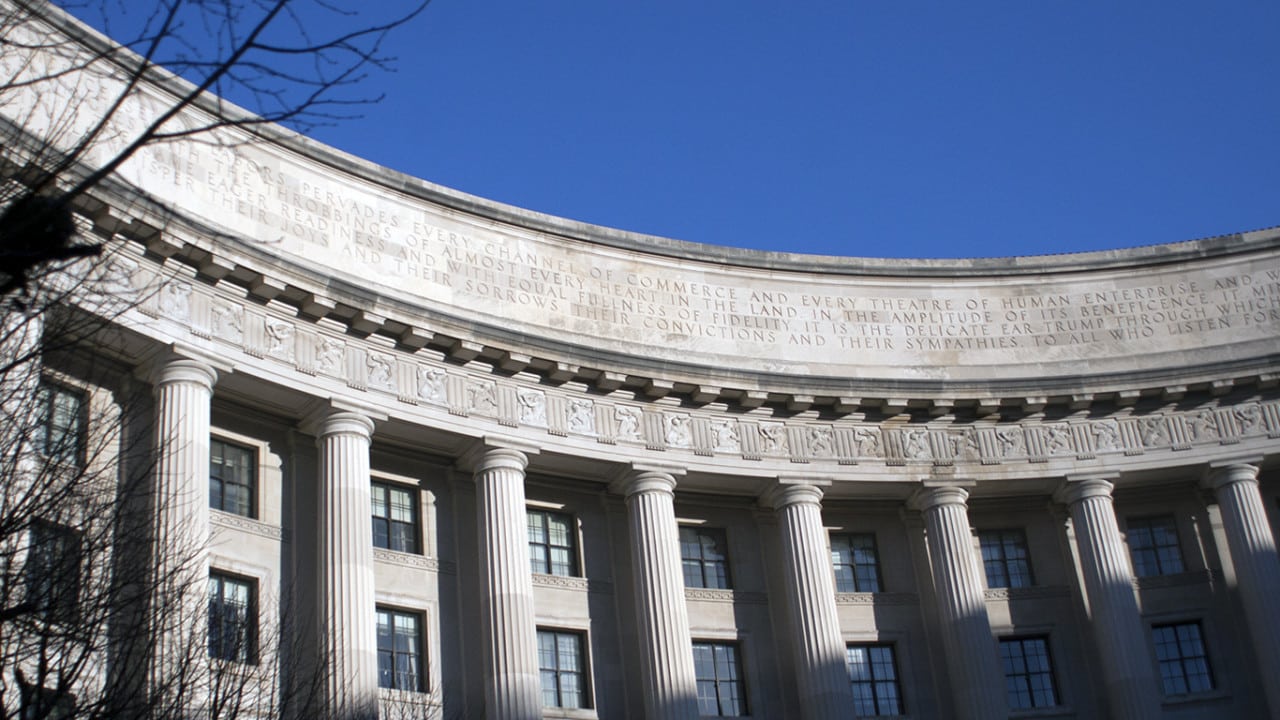
The back and forth at the U.S. District Court of Appeals for the D.C. Circuit over the Environmental Protection Agency’s Clean Power Plan continued last week as challengers to the rule filed their responses to the EPA’s response to their initial brief. Three reply briefs were filed Friday, two by petitioners in the case and one by their intervenors.
An immense group of 156 petitioners comprised of states, utilities, fossil fuel companies, and trade and interest groups are fighting to have to rule overturned. They argue that the rule, which requires states to develop action plans to meet EPA-set carbon emissions reduction targets, represents a massive regulatory overreach by the agency. The rule is currently frozen by a Supreme Court stay and cannot go into effect until all legal challenges are concluded
In the briefs, petitioners contended that EPA’s arguments as stated in its March 28 brief are contradictory. “In its response brief, EPA ties itself in knots, torn between touting the Rule’s significance and downplaying the extraordinary nature of what it seeks to do. On one hand, EPA describes the Rule as ‘a significant step forward in addressing the Nation’s most urgent environmental threat,’ necessary for ‘critically important reductions in carbon dioxide emissions’ from fossil fuel-fired power plants. … On the other hand, EPA claims the Rule is not “transform[ative],” because ‘industry trends’ will result in significant reductions in coal-fired generation … even in the Rule’s absence,’” the petitioner’s response brief states.
Other arguments made in the brief are similar to those contained in previous briefs filed in the case, which is scheduled for oral argument in early June. Final briefs are due to the court by April 22.
The petitioners argue that EPA does not have the authority to regulate carbon emissions from existing coal-fired power plants under the section of the Clean Air Act under which the CPP is penned. They also assert that even if EPA had authority to do so, the way in which the rule is composed goes far beyond what the Clean Air Act intended.
“The Rule is premised on the unprecedented assertion that EPA has the legal authority under section 111(d) to require emission reductions based on shutting down existing fossil fuel-fired power plants and building new, EPA-favored plants to replace them,” according to the brief. The document goes on to state that the EPA’s goals could not possibly be met with even the best state-of-the-art controls for new sources. Thus, states are left with no compliance options aside from shutting down coal plants and replacing them with low- or no- carbon generating sources.
Beyond the core legal arguments brought against the rule, several procedural arguments have been raised. Petitioners contest that EPA made too many changes to the rule between its proposed and final versions and the agency should have re-proposed the rule.
Petitioners also claim that EPA did not follow the correct procedure in determining its “best system of emissions reductions (BSER),” the course of action on which the emissions reduction goals are set. The BSER itself isn’t mandated, but the EPA has determined that if the actions in the BSER are followed, states can meet their emissions reduction goal. According to the reply brief, EPA’s BSER is not based on adequately demonstrated practices. “EPA’s BSER is not based on a technology demonstrated at any regulated unit anywhere or on operational changes any regulated unit can make to improve its emissions performance. Instead, it rests on speculation about future growth of renewable sources.”
An intervenor brief was filed by Dixon Bros. Inc., Nelson Brothers Inc., Wesco International Inc., Norfolk Southern Corp., Joy Global Inc., Gulf Coast Lignite Coalition, and Peabody Energy Corp.